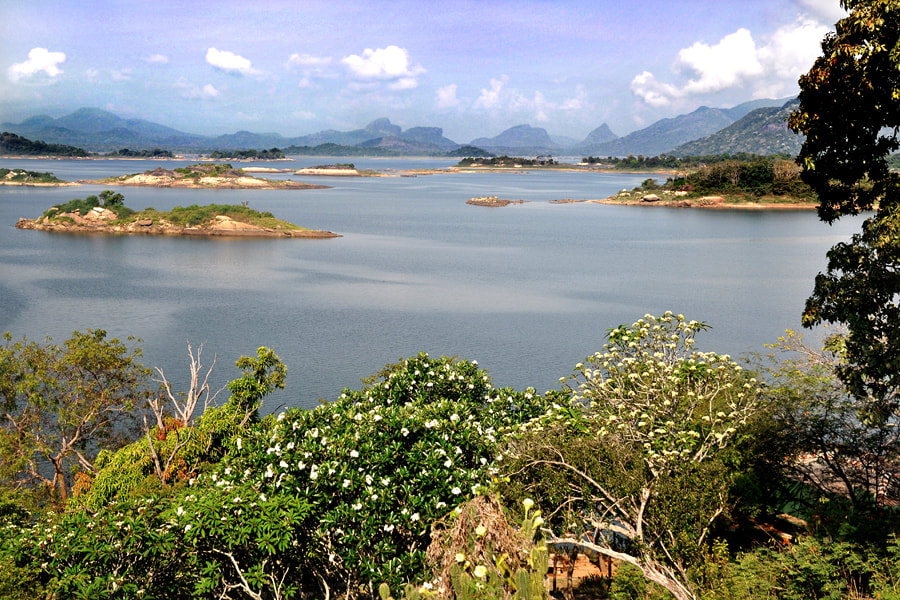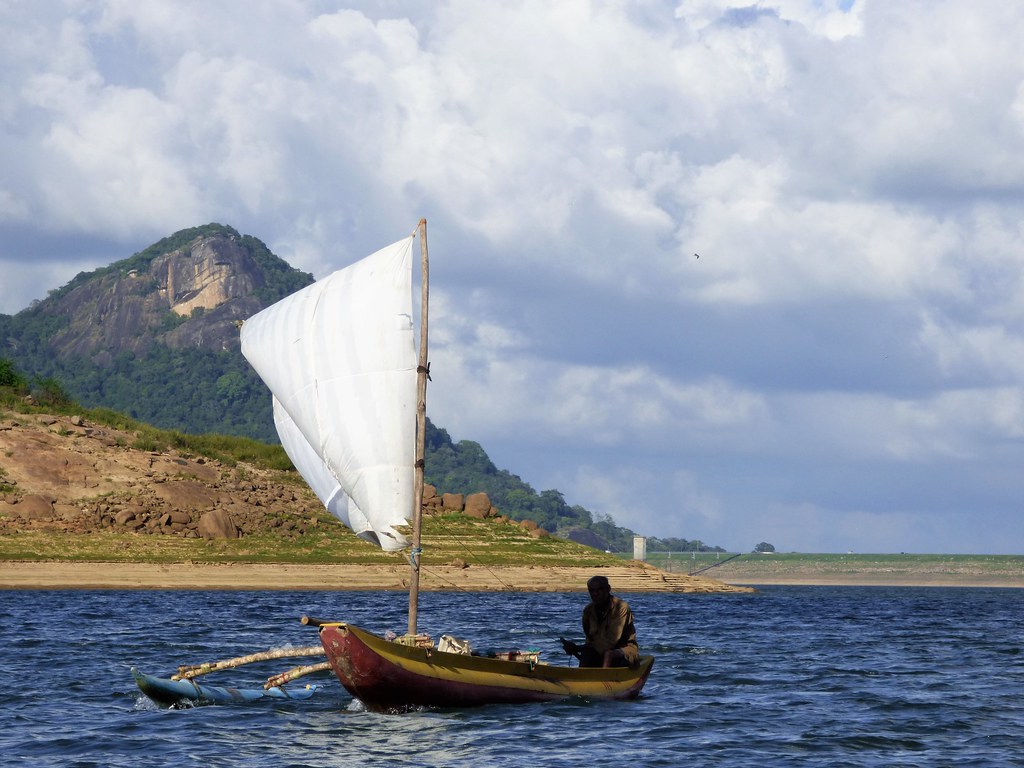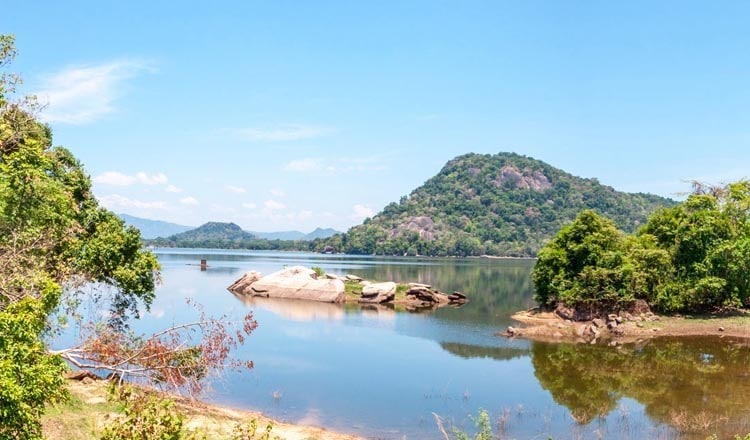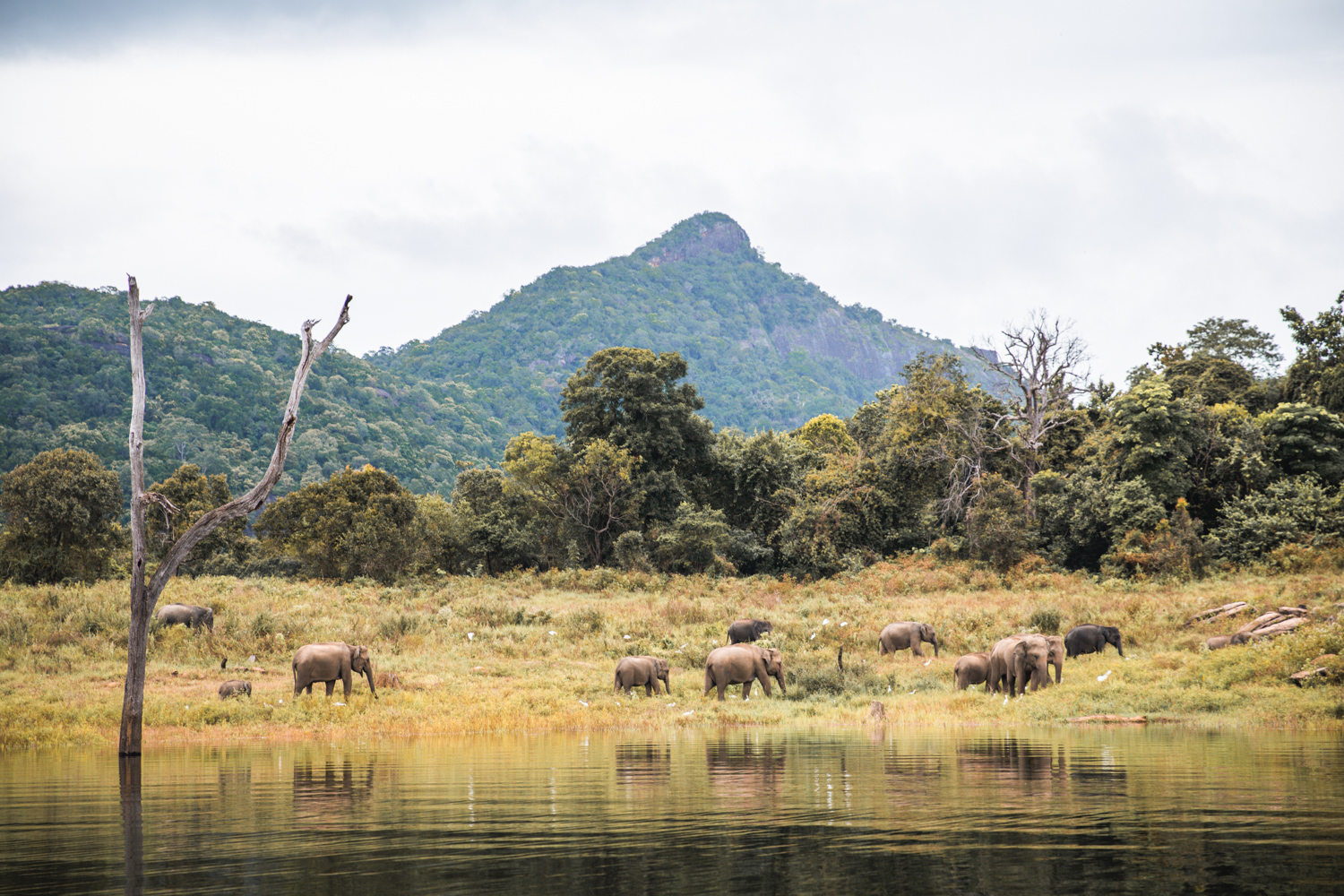Gal Oya National Park is a beautiful expanse located in the southeastern part of Sri Lanka. Gal Oya National Park covers an area of about 259 square miles (670 square kilometers). It encompasses the country's largest reservoir, the Senanayake Samudraya, which was built under the Gal Oya Development Project in the 1950s.
he park is home to a rich variety of wildlife, including elephants, leopards, sloth bears, water buffalo, and deer species such as spotted deer and sambar. It's also a birdwatcher's paradise, with over 150 species recorded, including several endemic and migratory birds. Gal Oya National Park is famous for its population of Asian elephants. These elephants are known for their unique behavior of swimming between islands in the Senanayake Samudraya reservoir.
One of the unique features of Gal Oya National Park is its boat safaris. Visitors can explore the park's wildlife and landscapes from the water, offering a different perspective and the opportunity to see animals such as elephants swimming between islands.
Apart from boat safaris, visitors can also go on traditional jeep safaris to explore the park's diverse ecosystems, including dense forests, grasslands, and scrublands.
The area surrounding Gal Oya has a rich cultural heritage, with evidence of early human settlements dating back thousands of years. The indigenous Vedda people still inhabit some parts of the region, maintaining their traditional way of life.
Like many protected areas, Gal Oya National Park faces challenges such as human-wildlife conflicts, habitat degradation, and poaching. Conservation initiatives aim to address these challenges through community engagement, habitat restoration, and law enforcement efforts.
There are several accommodation options available near the park, ranging from luxury eco-lodges to budget-friendly guesthouses, providing visitors with a comfortable stay amidst the wilderness.
Gal Oya National Park is not only a sanctuary for wildlife but also a symbol of Sri Lanka's commitment to conservation and sustainable development. Its rich history, diverse ecosystems, and unique wildlife make it a destination worth exploring for anyone interested in nature and conservation.



